When opening their second brewery in the French Alps in early 2024, Lee and Emily Cleghorn, co-founders of the Colorado-based brewery Outer RangeOpens in new window, were afraid of being shut out.
“The U.S. beer scene is so collaborative and we didn’t want to lose that,” they said. “We realized that it was working exactly the same in France and people have been helping us, recommending equipment and techniques.”
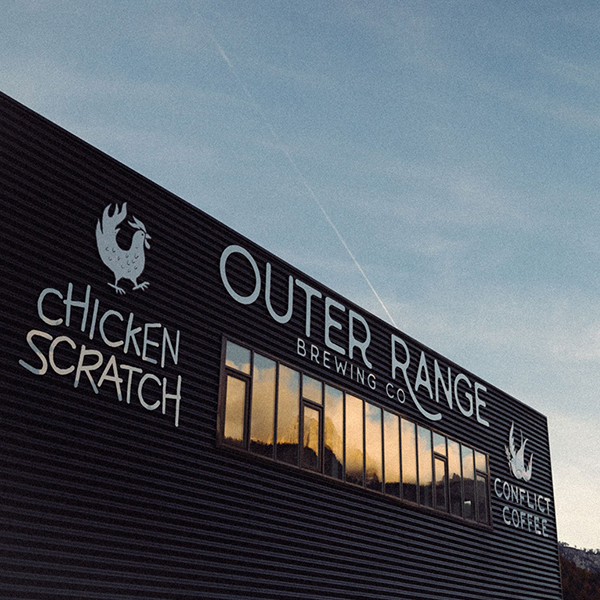
In a foreign country more than 5,000 miles from their home, the couple found the exact same spirit of camaraderie they were used to. This apparent friendliness is a defining trait of the craft beer industry, where any brewer experiencing a problem is often one call away from a colleague lending them a missing piece of equipment, sharing a brewing tip, or opening their brewhouse for a quick visit.
Beer journalist Kate Bernot believes this comes from craft brewers never regarding each other as enemies. “They’ve always been in this together, against the big brewers at first, but now I see a form of mutual respect between any brewer, big or small.”
Beer is its own world, she says, and despite the market growing and getting more difficult, Bernot is amazed to see these values remain in the U.S. and beyond.
Over the last two decades, the U.S craft beer scene has made its identity a standard for the whole industry to duplicate, putting its distinctive styles everywhere it can, training brewers internationally, and setting trends. For emerging scenes such as the one in France, it’s now all about finding a balance between that common shared experience and setting its own path.
A Collective (American) Knowledge
Brewers are not automatically nicer and less competitive people than winemakers or anyone working in beverages. But it’s quite obvious that they are more open to sharing tips—an even more striking difference in a country with a strong wine heritage like France.
“Brewers all use the same ingredients; they’re way less territorial than winemakers in the Napa Valley or in Champagne who literally depend on land and geography, on appellations that are protected and valuable,” Bernot says. “There’s a sense of confidence from brewers that the way they do something is theirs, so you can have the recipe but it still won’t be 100 percent the same.”
Another reason for this openness can be found in the hobby that helped launch the craft revolution in the States: homebrewing. “It’s the foundation from which this whole industry comes from, the spirit of doing things together and not being cut-throat money makers,” says Bernot.
Laurent Mousson, a Swiss beer judge, educator, and former vice president of the European Beer Consumers’ Union, saw the same thing happening in Europe. “The first French-speaking microbrewers were first and foremost homebrewers sharing their experience on the internet,” he says, recalling an important newsgroup dedicated to beer and brewing from the mid-1990s.
Following its track, the BrassageAmateur’s forum created in 2003 helped launch many French microbreweries such as Hoppy Road, founded in 2017 in Nancy, northeastern France. Julien Pécheur, its co-founder, joined the forum in 2012 and made a name for himself by winning the Paris Beer Festival homebrewing competition in 2015.
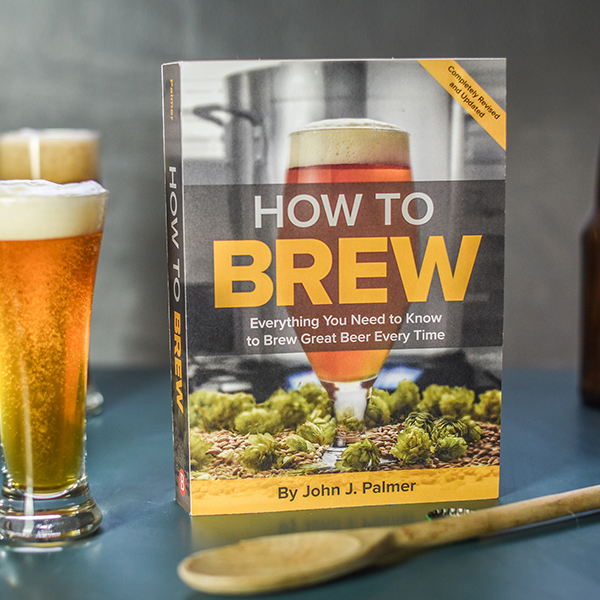
A pipeline for many professional brewers, homebrewing came with its common references, such as How to Brew by John Palmer, which Pécheur cites as his first brewing manual. “It’s been every brewer’s bible for a long time.”
Some countries like Germany were a bit more fortunate to have technical books in their own language, Mousson says, but the most up-to-date resources have mostly been published in English.
“In 2000, when you were looking for information, the only homebrewing manual in French was from Québec, which was itself influenced by the U.S.,” he says, referencing Jean-François Simard’s manual Comment faire de la bonne bière chez soi (How to brew good beer at home).
Even today, books such as Wood & Beer, The New IPA, or Wild Brews are shared references for many French-speaking brewers, with no real equivalent in their native language. And when it comes to classifying and defining beer styles, the Beer Judge Certification Program (BJCP) is still seen as the most legitimate source for brewers internationally.
Mousson believes this culture of education influenced the way people are brewing in Europe and beyond, and is part of the reason why American beer styles have had a monopoly on craft for the last 15 years or so.
On a trip to Chile, Bernot says she was surprised to find hazy IPAs on tap in brewpubs she visited. “I expected to see mostly German influence—how did this get here?” she says, laughing. “It is amazing to me how far the U.S. beer influence has traveled.”
Beer exports played a key role in spreading new styles and developing microbreweries abroad, a game in which the U.S has always been the best, according to Bernot. “It’s not just with beer, it’s the way the U.S. exports everything” she says. “There’s a lot to say about cultural imperialism. We’re obsessed with putting our products everywhere.”
If France was a bit late when it came to importing U.S. craft beer, compared to other European countries such as the Netherlands who started doing it in the 1990s, it’s because importers have long underestimated French consumers’ tastes, Mousson says. “They thought that French people would not be into the bitterness of IPAs since they liked the sweetness of Belgian beers.”
But the craze for American beer styles is precisely a metaphor for everything that’s outside what is familiar. “We’ve been stuck with traditional beer styles for so long and discovered what was going on elsewhere through IPAs, our gateway into craft beer,” Pécheur says. “Americans really set out to revive and perfect IPAs, so for us it was the easiest style to access when starting out.”
Toward New Interpretations
Even if the U.S influence helped train new generations of microbrewers and implemented a form of shared identity in the industry, Mousson says that it would be wrong to assume all the credit goes to one country.
“Behind this idea, there’s a presupposition that there was nothing before the U.S. craft revolution reached us, and that stinks,” he says. “A glaring example is in Denmark, where a form of revisionism states that before Mikkeller was founded there was nothing interesting, which could not be more false.”
He cites Carlberg’s range intended for gastronomy, Semper Ardens, in 1999 or the family-owned brewery ThistedOpens in new window who brewed bog-myrtle Pils and licorice-smoked Baltic porter in the 1990s. “Brewers have always been innovative; they’ve always looked for something different,” Mousson says.
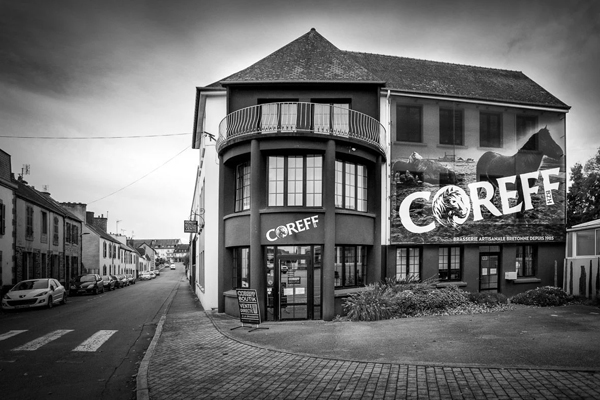
When it comes to France, microbrewers were first looking across the channel rather than the Atlantic Ocean. The founders of the first French craft brewery, Brasserie CoreffOpens in new window, in 1985, were trained by Ringwood BreweryOpens in new window’s famous founder, Peter Austin, and chose to use the distinctive Ringwood Ale yeast at a time when the culture was all about tasteless mass lagers.
Americans themselves long admired Belgian and English beer styles before they took IPA and made it their own thing, setting a global standard. Mousson thinks they created a standardized American taste in craft, citing Sierra NevadaOpens in new window and its Chico strain of yeast as a game changer. “Subtlety is not the strong point of the U.S. beer scene, but that’s exactly what made it stand out and left a mark on people’s minds,” he says.
Eager to find something of their own, brewers in France are now searching for their standardized French taste. Mousson believes that finding your way into craft isn’t by creating new native styles, but that it all comes down to interpretation.
“It’s the way it’s always been done. Denmark was into Belgian beers but made them more dry and bitter because it had a love for Pilsner,” he says. “The Britishs exported their porters beyond the Baltic Sea and brewers there interpreted it to their taste to create Baltic porters.”
Pécheur agrees. “We can’t compete with a style that comes from a specific place; what we can do is give it another dimension,” he says. “We don’t know how to brew a traditional gose as well as they do it in Leipzig, so we give it a modern twist, add fruits, or make it barrel aged.”
When it comes to building your own identity in craft, Bernot says patience is the key. “If you set out to make a style and say ‘that is our country’s beer’ it feels kind of forced rather than letting that come naturally,” she says. “Building a culture of anything takes time. You don’t just declare something; it’s a waiting game.”
CraftBeer.com is fully dedicated to small and independent U.S. breweries. We are published by the Brewers Association, the not-for-profit trade group dedicated to promoting and protecting America’s small and independent craft brewers. Stories and opinions shared on CraftBeer.com do not imply endorsement by or positions taken by the Brewers Association or its members.
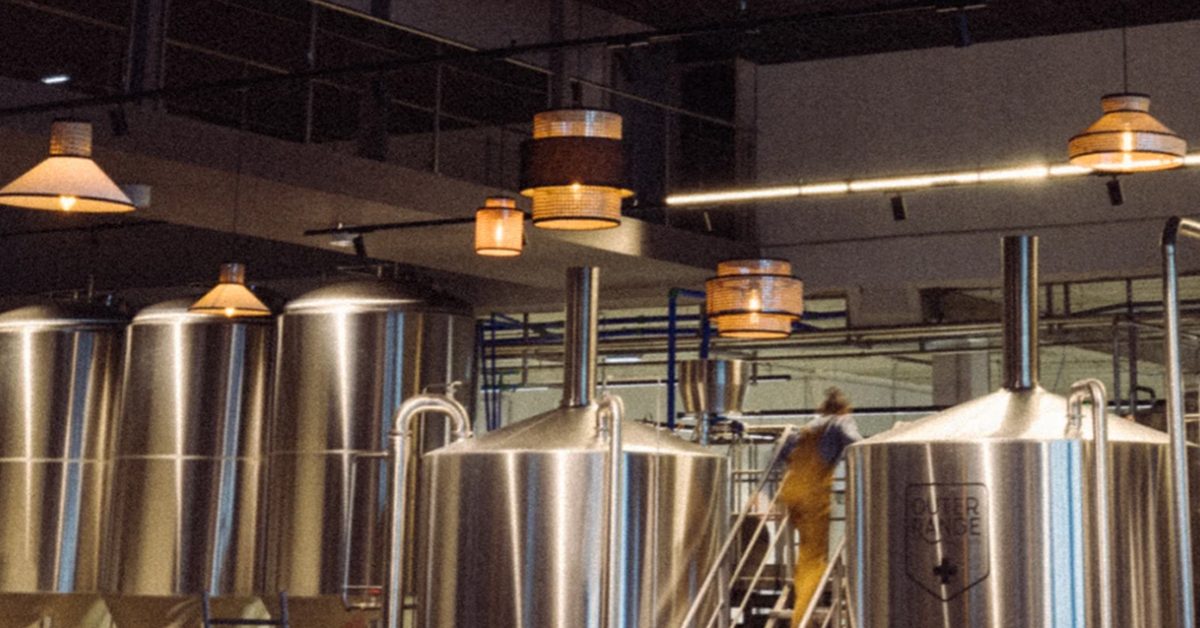
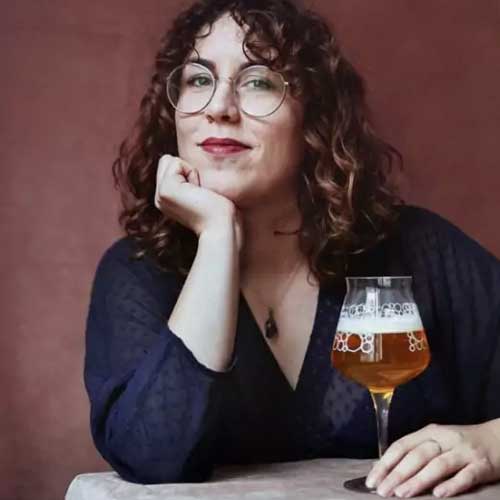
Share Post